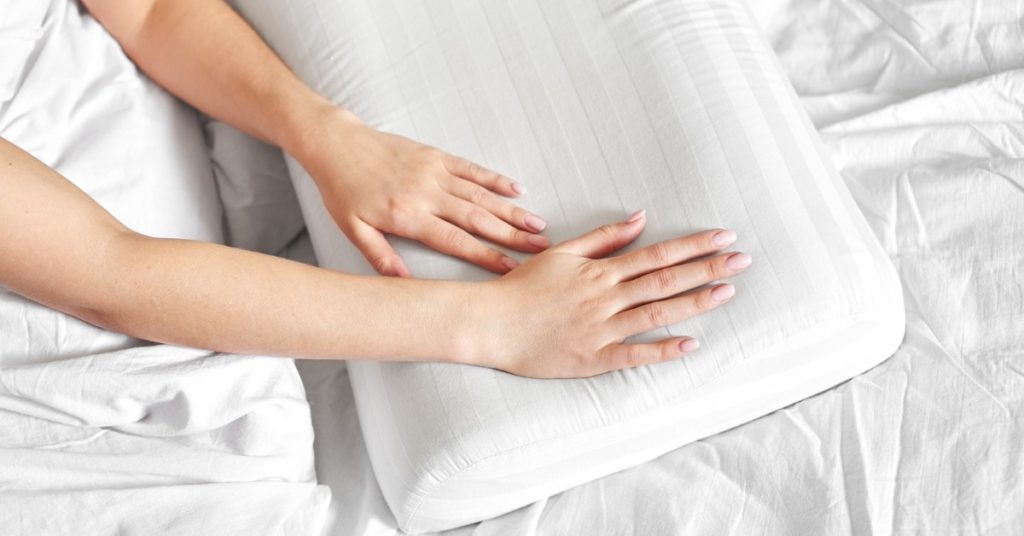When we talk about foam, we often talk about a few different characteristics to look out for in different kinds of foam. A few key terms to know with foam include firmness, density, and weight– but what do those mean in relation to foam? Today we’ll give you a few examples of what these terms mean, how to determine which is which, and what they look like in a foam sample.
Foam density is the mass of foam material in a cubic foot of sample. Like density in other objects, the more compact the foam material is, the denser it will be, which makes the foam heavier as a result. The density of foam can differ from one pound to almost six pounds, and different densities of foam can offer different results.
For example, say you get a foam mattress that’s got a density of two pounds. With multiple nights of sleep on that mattress, it’ll probably get a you-shaped dip in it in no time. A foam mattress with a density of five pounds would last much longer, as there’s more compressed foam to hold you up and cradle your body as you sleep.
To figure out a foam sample’s density, there’s a little math involved since foam is measured in pounds per cubic foot. If we have a cubic foot of memory foam and it weighs two pounds, that two pound weight is divided by its volume, which is one cubic foot, which equals two– that foam sample’s density is two pounds! Easy, right?
As for foam weight, it’s much more simple. Foam weight is the physical weight of the foam itself, so stick your sample on a scale and that number is the weight it has! Foam mattresses, for example, can get pretty heavy with increasing size and thickness, so be careful not to get one that’s too heavy.
Now for foam firmness, which is the measure of how much foam compresses under pressure, or Indent Load Deflection (ILD) for the fancy term. All foam types have an ILD rating, and it takes a bit of a test to figure it out. To get the proper answer for how firm a foam sample is, it needs pressure applied until the foam indents up to 25% of its initial thickness. The weight of the pressure needed to indent the foam is its ILD rating. Most foam samples have ILD ratings between 15lbs and 70lbs, but denser foam might need more pressure– some closed-cell foams have ILD ratings of 90lbs and above!
There are some slight differences to keep in mind between these terms– for one, density and firmness are not complete opposites. A low-density foam can be pretty firm, where a high-density foam can be very soft. Depending on the job you have, the foam you’ll need will differ in density, weight, and firmness, and it can be a bit confusing for first-timers. Luckily for you, Sterling is here to help! For any sort of foam needs, we’re happy to assist you with our packaging solutions.


